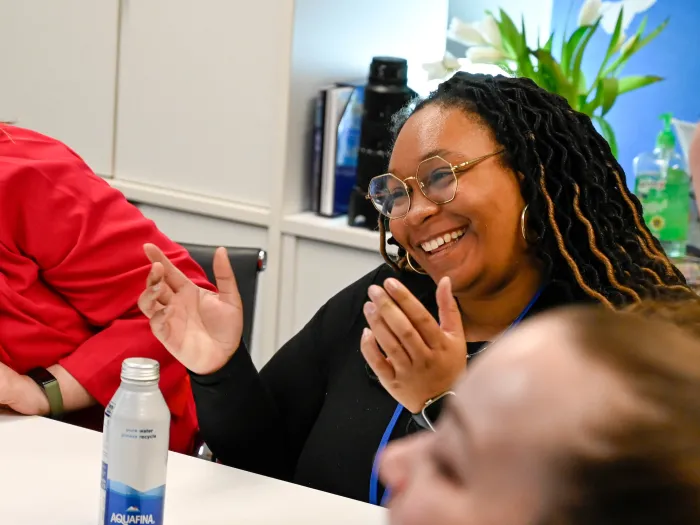Regarding ruling elders: parliamentary procedure

Henry Martin Robert (1837-1923) was an engineer who retired from the U.S. Army as a brigadier general. Gen. Robert was asked – unexpectedly – to preside over a meeting, and did not know how, but felt it would be worse to refuse. The meeting “… lasted for fourteen hours…” and Robert said, “My embarrassment was supreme. I plunged in, trusting to Providence that the assembly would behave itself. . . . [and] the determination that I would never attend another meeting until I knew something of . . . parliamentary law.” From the first edition of Robert’s Rules in 1876 to the current Robert’s Rules of Order, Newly Revised, 11th Edition (“RONR”), are procedures for efficient and fair meetings. Though Gen. Robert was in the Army, RONR is a tool, not a weapon!
Interested in parliamentary procedure? Robert’s Rules In Brief is a more concise version of RONR with sample language for making motions, etc. For more information, go to www.parliamentarians.org, the website of the National Association of Parliamentarians, or www.robertsrules.com, the official website of Robert’s Rules of Order.These rules, called parliamentary procedure or parliamentary law, are the original model for conflict resolution, and a means of ensuring the rights of the body, the will of the majority, and the rights of the minority are protected. Many councils of the church, including sessions, use this form of parliamentary procedure for these very reasons. If you know seven basic motions, you will be able to move through any meeting decently and in order!
- The motion to Amend is to delete, add, or strike out and insert. The words proposed for amendment must be consecutive words; if not, or the amendment is longer than a paragraph, the motion “to substitute” (a form of amendment) is used.
- Commit or Refer sends an issue back to a committee for further study. This motion should state what committee, what task(s), and when to report back.
- To Postpone (to a definite time) allows additional time to a member or committee to do further study. This motion should always be used instead of the motion to “table.”
- Members of the meeting have the right to Limit Debate. This motion is a compromise of the right of the individual and the right of the body, so requires 2/3 vote for approval.
- The “Call the Previous Question” motion is a favorite at presbytery and General Assembly. RONR states it cannot be used in committee - “In order that there may be no interference with the assembly’s having the benefit of its committees’ matured judgment, motions to close or limit debate are not allowed in committees.” But we Presbyterians often allow this in committee meetings; otherwise meetings might never end!
- The motion to Lay on the Table (or to Table) is rarely necessary. To postpone (to a definite time) is always preferable because it is debatable. To table is appropriate to interrupt the pending business in order to do something else immediately – for example, evacuate the building because of fire!
- To Consider by Paragraph or Seriatim allows for the orderly consideration of a complex document. The document is taken paragraph by paragraph, or section by section, or chapter by chapter. Each paragraph, section, or chapter is amended before final action is taken on the entire document.
So how do you make a motion? You rise (or raise your hand) to get the moderator’s attention. The moderator calls on you and you make your motion. Hopefully another person calls out “second!” A second means someone thinks this motion worthy of discussion; it doesn’t mean agreement. The moderator states the motion and calls for debate. The maker of the motion gets to speak first. All persons speaking to the motion must address the moderator. After debate, the moderator asks “are you ready for the question?” The moderator takes the vote, and announces the results of the vote.
Therese Howell is a ruling elder currently serving as the Stated Clerk of the Presbytery of Middle Tennessee. She is a member of the National Association of Parliamentarians and serves on the Advisory Committee on the Constitution. She and her husband live in Franklin, TN with their Labrador retriever, Bella.
For more about the information provided here, please contact Martha Miller at [email protected] and browse the Ruling Elders website.
You may freely reuse and distribute this article in its entirety for non-commercial purposes in any medium. Please include author attribution, photography credits, and a link to the original article. This work is licensed under a Creative Commons Attribution-NonCommercial-NoDeratives 4.0 International License.




